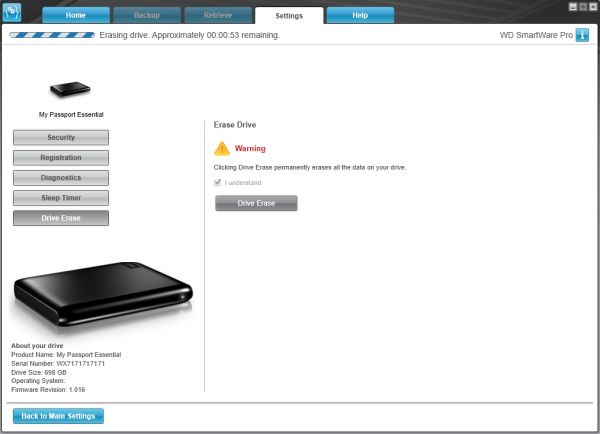

This is used as replacement flash cells as an SSD is used, and cells degrade. A 240GB drive may have another 16-20GB hidden from the user. Additionally, due to TRIM and drive management, solid state drives out of the box actually contain a notably higher amount of actual flash storage space than advertised. This number of writes across the entire storage structure is VERY hard on flash cells, and should never be done on solid state storage. Thus the secure wipe types designed for HDDs are often VERY intense with random writes, to bury the old data under so much magnetic noise as to make any recovery incredibly difficult. And forensic data tech has only become more advanced over the intervening years. When the Space Shuttle exploded over the southern US almost 20 years ago, they managed to recover almost all of the data from charred chunks of the magnetic hard drive platters that fell in a flaming debris field dozens of miles into the Texas and Louisiana fields. Even less sophisticated independent operators and lower food chain organizations can pull a surprising amount of data from drives one might intuitively believe are safely wiped. Nation state level security apparatus can recover data from rewritten HDDs by using high sensitivity magnetic resonance scanning of the raw platters.

Because of how the magnetic storage is achieved, it takes multiple wipes, or even total physical destruction of the drive to achieve what you could consider a definite cleaning safe from any recovery. This is categorically different from how secure wiping a magnetic platter based spinner is done. With SSDs, be they SATA or nVME, *always* use utilities designed specifically for flash memory wiping. However, I do want to drop an important piece of info for any future person who might be reading this thread and not paying close enough attention. Sounds like you have this well in hand thanks to excellent answers already provided 👍


 0 kommentar(er)
0 kommentar(er)
